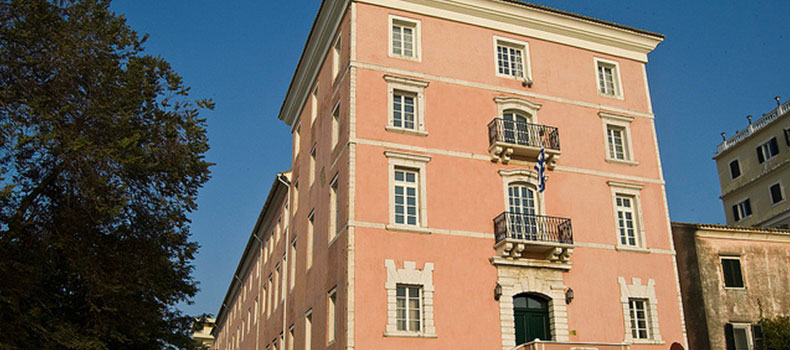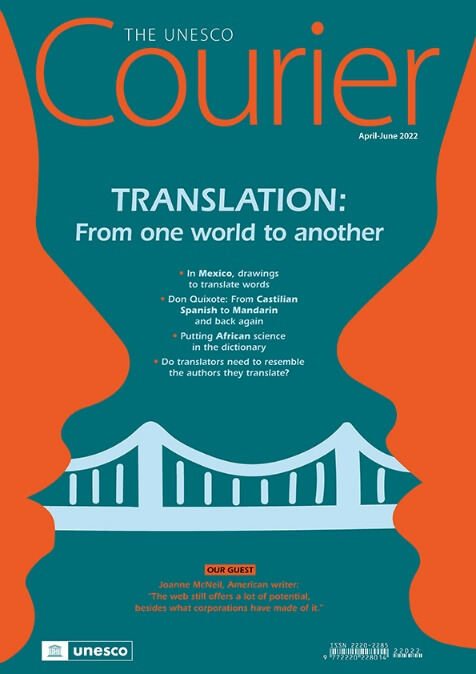To translate is “to say almost the same thing”, in the words of the Italian writer Umberto Eco. A whole world is contained in this “almost”. To translate is to confront the other, the different, the unknown. It is often the essential prerequisite for those who want to access a universal, multiple, diverse culture. It is therefore no coincidence that the League of Nations took up the issue in the 1930s, envisaging the creation of an Index Translationum.
Taken over by UNESCO in 1948, this Index allowed the first census of translated works in the world. Two years later, the Representative Works programme was launched to translate masterpieces of world literature. UNESCO's support for the publication last year of a lexicon of words from indigenous languages of Mexico that are untranslatable into Spanish is a continuation of these efforts.
Although their disappearance was predicted as early as the 1950s, translators – who are most often women – have never been as numerous as they are today. The machines developed in the aftermath of the war have not been able to outdo this behind-the-scenes profession. Nor have digital translation tools, which have become the standard feature of our globalized conversations, even if they have contributed to transforming the job.
This is because language is more than just a means of communication. It is that, and much more. It is what written or oral works make of it, contributing to forge what is sometimes called the ‘genius of the language’, which the most powerful applications cannot restore.
For to translate is to question the unconsidered in language, to confront its equivocations, to bring to light the richness, the gaps and the levels of meaning that are revealed in the passage from one language to another. It also means, through this confrontation with the other, questioning one's own language, one's culture, one's self. It is therefore essential to preserve the vitality of multilingualism so that everyone can speak and think in their own language. This is what is at stake in the International Decade of Indigenous Languages (2022-2032), which draws attention to the critical situation of many languages threatened with extinction.
In an era marked by the quest for identity, translation remains an irreplaceable remedy against withdrawal from others. For without it, as the Franco-American author George Steiner wrote, “we would live in provinces surrounded by silence.”
Agnès Bardon





 International Academic Symposium on The Formation of Classical Literary and Artistic Works in Chinese and Western Civilizations_
International Academic Symposium on The Formation of Classical Literary and Artistic Works in Chinese and Western Civilizations_










